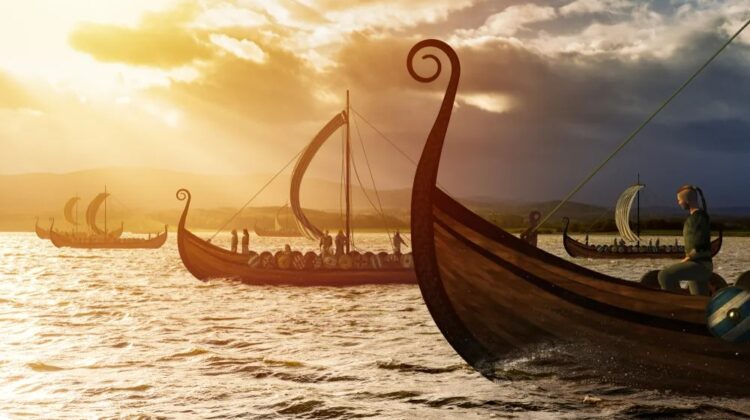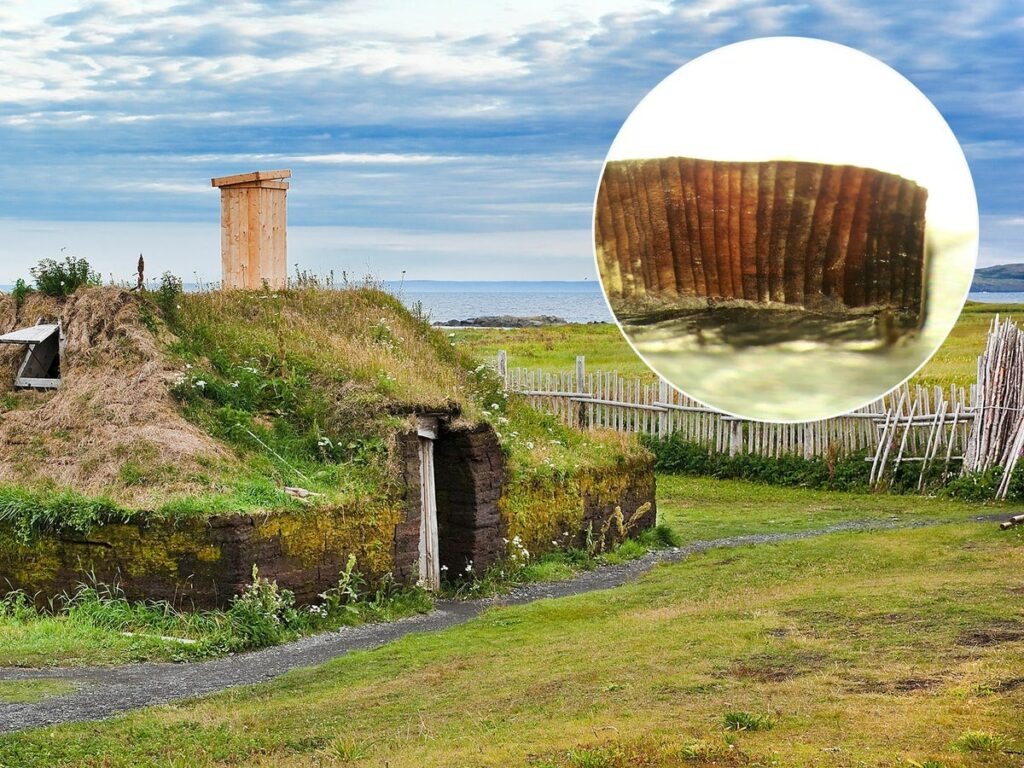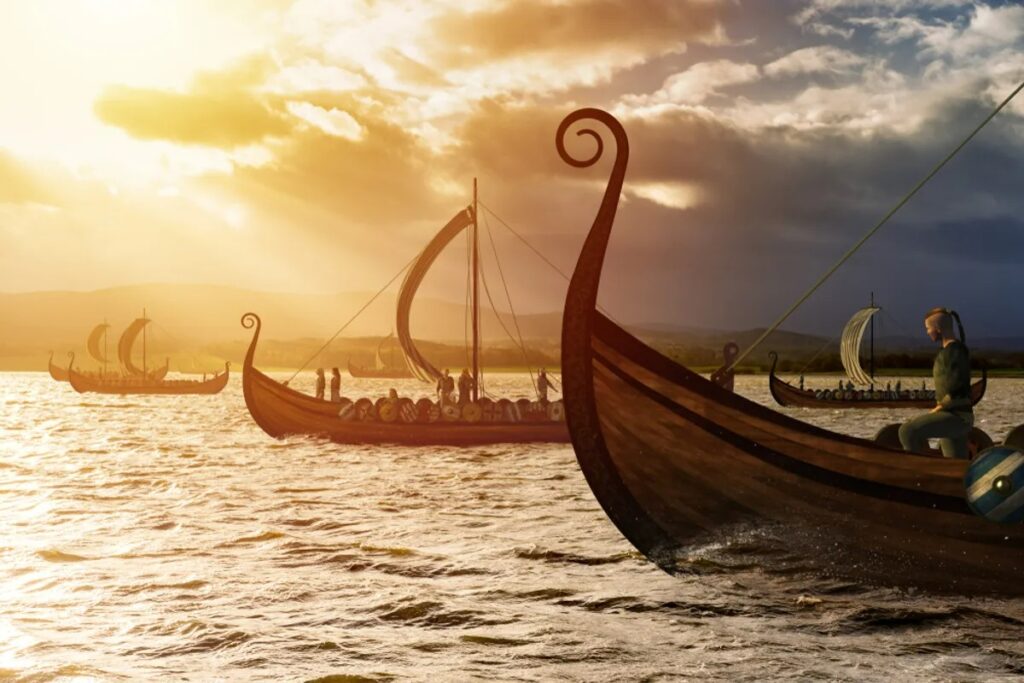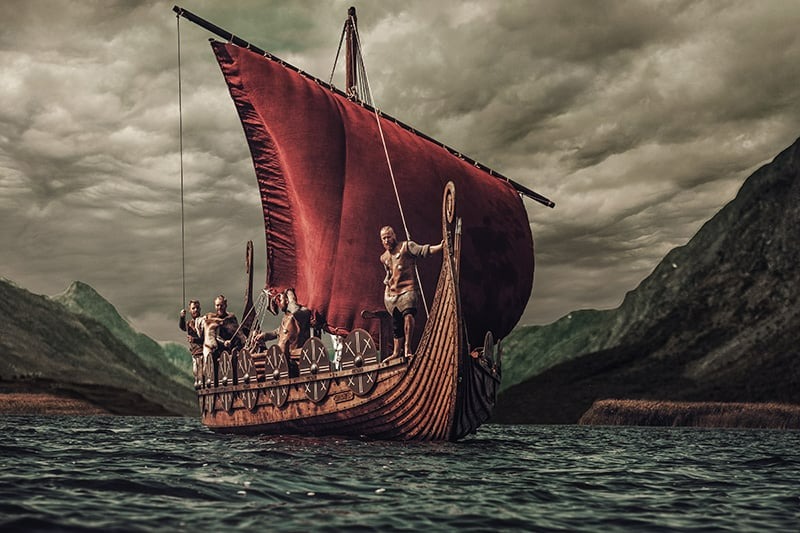
The age-old narrative of Christopher Columbus as the discoverer of the New World in 1492 CE is gradually giving way to a more complex and intriguing story of earlier exploration. Recent microscopic analysis of ancient wood provides further compelling evidence that Norse communities in Greenland were making contact with the eastern coast of North America long before Columbus set sail. These findings challenge the conventional historical narrative and shed light on the remarkable journeys of Viking sailors across the Atlantic.

Archaeologist Lísabet Guðmundsdóttir from the University of Iceland led a study that examined wood samples from five Norse sites in western Greenland, all of which were occupied between 1000 and 1400 CE. By meticulously scrutinizing the cellular structure of the wood, Guðmundsdóttir made a significant discovery: some of the timber used by the Norse settlers did not originate in Greenland or Northern Europe but rather in North America. Notably, this included wood from trees such as Jack pine, typically found east of the Rocky Mountains in Canada.

These findings challenge the traditional notion that the Norse settlers were isolated in Greenland. Instead, they suggest that these intrepid explorers possessed the knowledge, means, and suitable vessels to navigate the Davis Strait and reach the east coast of North America. Importantly, this contact with North America seems to have endured throughout the Norse settlement in Greenland, extending into the 14th century. Resources from North America played a pivotal role in sustaining Norse Greenlandic society.

Greenland’s Arctic climate and sparse landscape offered limited resources, necessitating external procurement. A 13th-century Norwegian text called Konungsskuggsjá documented the need to import essential resources like iron and timber for building houses. The recent scientific evidence corroborates historical records, providing tangible proof that the Norse Greenlanders did, indeed, import timber from the Americas.

While these findings highlight the economic motivations for these epic journeys, they are not the first indications of Viking exploration in the Americas. Norwegian sagas such as Grænlendinga saga and Eiríks saga rauða had already described voyages between Greenland and the North American east coast as early as 1000 CE. Additionally, historical texts from 14th-century Italy mentioned direct contact between Norsemen and a place known as Markland, believed to be part of the Labrador coast in Canada.

Hard archaeological evidence further supports the idea of Norse settlements in North America. In the 1960s, archaeologists unearthed a Viking village on the island of Newfoundland, known as L’Anse aux Meadows, dating back approximately 1,000 years. This discovery stands as compelling proof of European presence in North America long before the famous voyage of Christopher Columbus.

As we unravel the layers of history, the story of Norse exploration in North America emerges as a testament to the courage and ingenuity of early explorers who navigated uncharted waters and established connections between continents. While the myth of Columbus persists, these findings remind us that history is often more intricate than the narratives we’ve come to accept.

Leave a Reply